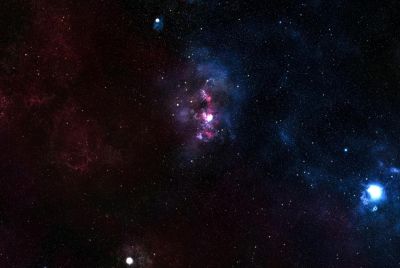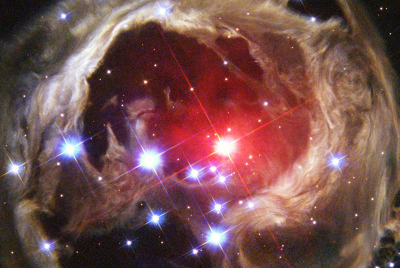NASA's 'Training Exercise' Over 3I/ATLAS Sparks Fear of Hidden Interstellar Threat
IAWN launches a global campaign to accurately track comet 3I/ATLAS, calling on astronomers to improve planetary defence.
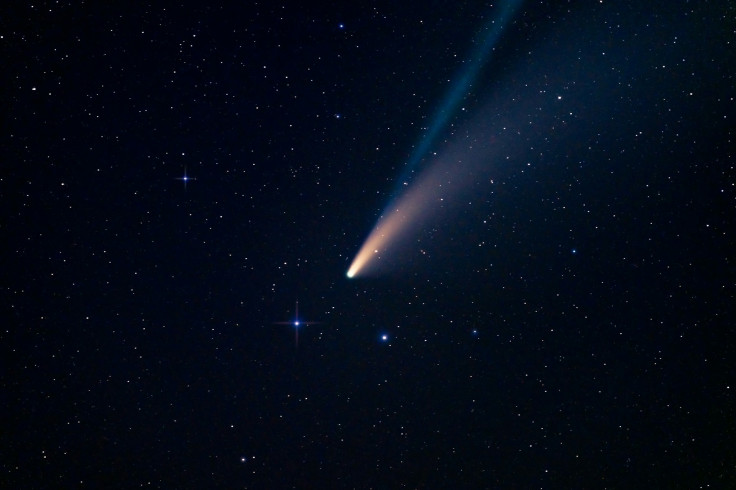
On the surface, it is a call to action for the world's astronomers: a global 'training exercise' to get better at tracking a fuzzy, unpredictable comet. But online, a different, more terrifying theory is taking hold. The sudden, urgent focus on the interstellar object 3I/ATLAS, coupled with a strict, mandatory training protocol, has sparked fears that NASA and its partners are not preparing for a hypothetical threat, but for a real, undisclosed one.
This suspicion is not happening in a vacuum. It follows a series of bizarre reports about the object, including claims from a purported ESA whistleblower of an 'engine-like sound' and a warning from a top Harvard astrophysicist that the object could 'change everything'. Now, this 'training exercise' is being viewed by many as the final piece of a disturbing puzzle: a coordinated effort to control the narrative before a shocking truth is revealed to the world.
Tracking a comet is not like tracking any other object in the night sky. Unlike a simple, predictable point of light, a comet is a dynamic, 'living' body. As it nears the sun, its ice and dust erupt, shrouding its solid core in a vast, glowing atmosphere called a 'coma' and a brilliant tail.
While beautiful, this celestial fuzz is an astronomer's nightmare. It makes finding the comet's true centre, or 'centroid', exceptionally difficult. An error of just a few pixels can cascade into orbit predictions that are off by thousands or even millions of kilometres.
This is a significant problem for planetary defence. To solve it, the International Asteroid Warning Network (IAWN) is calling on astronomers worldwide for a special campaign, and they have a new, challenging target in their sights: comet 3I/ATLAS.
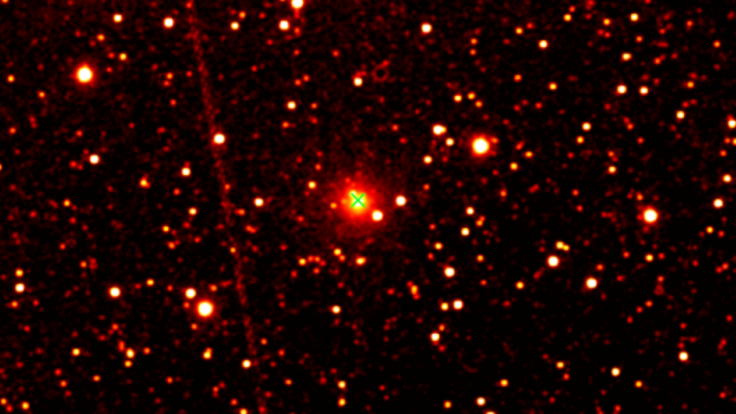
The Fuzzy Problem With Comets and the 3I/ATLAS Target
The core challenge, as outlined in a recent announcement from the Minor Planet Center (M.P.E.C. 2025-U142), is that comets are 'extended bodies'. Their 'morphological features (comae and tails) can systematically pull their centroid measurements off their central brightness peak'.
In simple terms, the brightest part of the fuzzy coma is often not where the actual nucleus is hiding. However, online sleuths and independent researchers are questioning the timing and urgency of the campaign, suggesting the 'fuzzy comet problem' is a convenient public explanation for a more serious, undisclosed threat.
Without accurate astrometry, it is impossible to calculate a reliable orbit. The IAWN, an organisation endorsed by the United Nations to co-ordinate global planetary defence efforts, is launching this new campaign specifically to 'exercise the capability of the observing community to extract accurate astrometry'. The campaign will focus on a single target, comet 3I/ATLAS (C/2025 N1), allowing astronomers to test and refine new methods on the same object.
🚨NASA Quietly Activates Planetary Defense Network for 3I/ATLAS Without Saying a Word
— Skywatch Signal (@UAPWatchers) October 21, 2025
Buried in tonight’s official MPEC (2025-U142) the Minor Planet Center’s internal bulletin is an editorial notice that says it all:
“Announcement of IAWN Comet Astrometry Campaign Nov. 27,… pic.twitter.com/7raRNP5yOh
IAWN's Global Campaign to Accurately Track 3I/ATLAS
This initiative is more than just an observing run; it is a global training exercise. The primary goal of the campaign is to 'introduce methods for improving astrometry from comet observations'. To achieve this, the IAWN is holding a dedicated workshop to prepare observers with the specific techniques needed to correctly measure a comet's position.
This preparation is mandatory, and the organisation has stated that 'only those participants that attend the workshop can participate in the campaign.' Critics of the official narrative point to this strict, mandatory participation as unusual for a routine scientific campaign, suggesting it is a way to control the flow of information and ensure all observers are aligned with a pre-determined script.
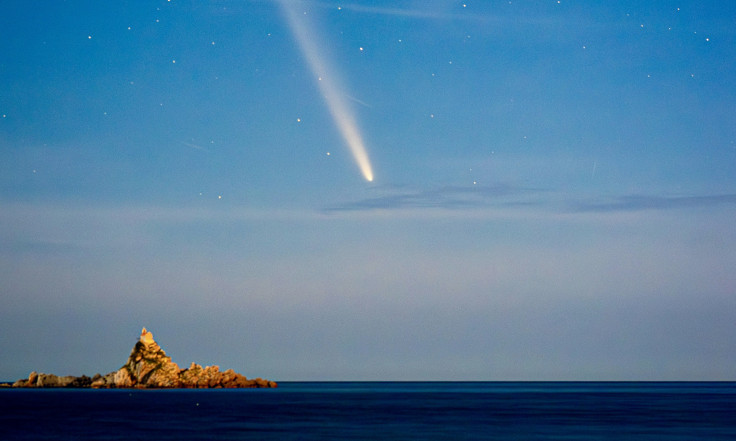
How to Participate in the 3I/ATLAS Astrometry Campaign
For professional and advanced amateur astronomers interested in contributing to this vital work in planetary defence, participation is managed through a strict registration and training process. Registration is required by November 7th, 2025. This provides access to the kick-off events and the mandatory workshop.
The IAWN has provided a detailed timeline for the entire programme:
- Comet Campaign Workshop: Nov. 10, 2025, 15:00 UTC
- Campaign Kick Off: Nov. 25, 2025, 15:00 UTC (1 hour)
- Observing Window Opens: November 27, 2025
- Mid-Campaign Check-in Telecon: December 9, 2025, 15:00 UTC
- Observing Window Closes: January 27, 2026
- Close-out Telecon: February 3, 2026, 15:00 UTC
The timing of the campaign, particularly the key observing window in December, has not gone unnoticed. It aligns almost perfectly with a prediction made by an alleged ESA whistleblower who recently claimed that in 'December many home based observators will see it all.' This has led to speculation that the IAWN campaign is a pre-emptive measure to manage public perception when the object becomes more visible.
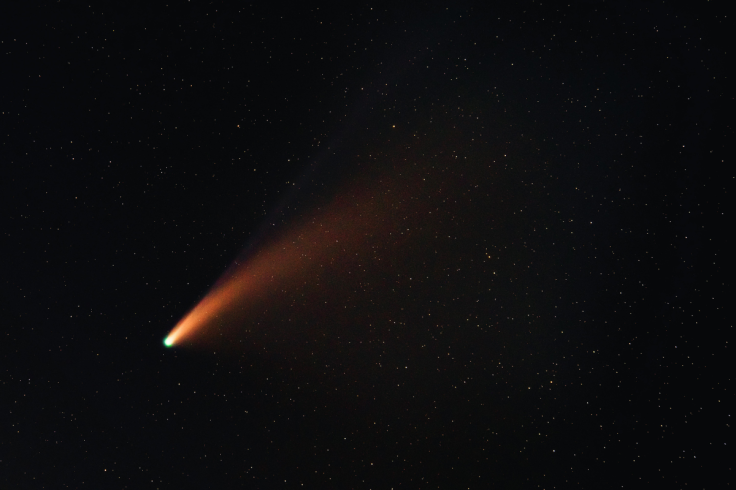
Is this a prudent, routine scientific exercise to sharpen our planetary defence skills, or is it a carefully orchestrated campaign to manage a revelation that could change the course of human history?
While the IAWN presents the initiative as a vital drill for global safety, the context of secrecy and strange new data surrounding 3I/ATLAS has created a chilling alternative narrative. As the world's astronomers prepare for their mandatory training, the rest of us are left to wonder what they are truly preparing for.
© Copyright IBTimes 2025. All rights reserved.









